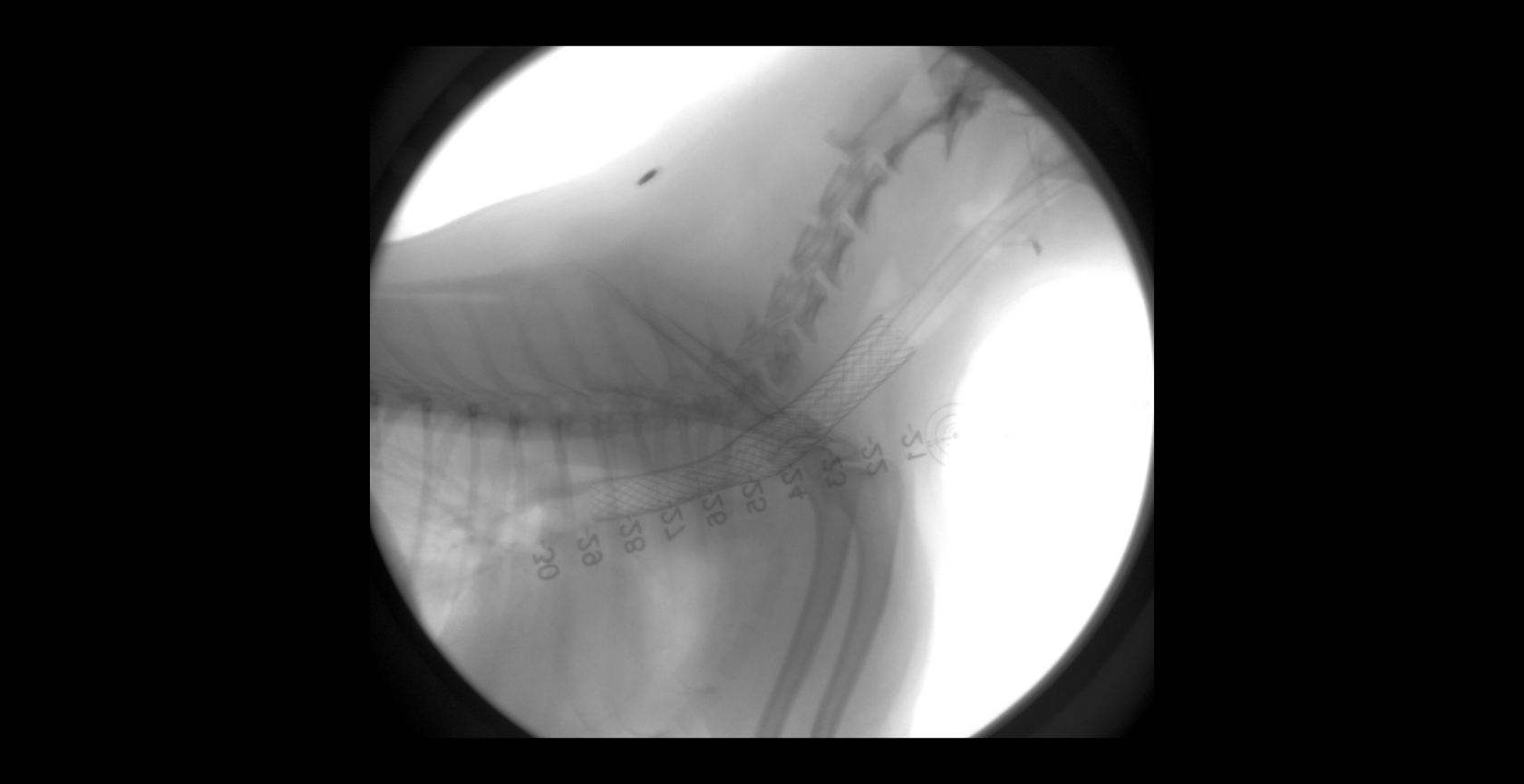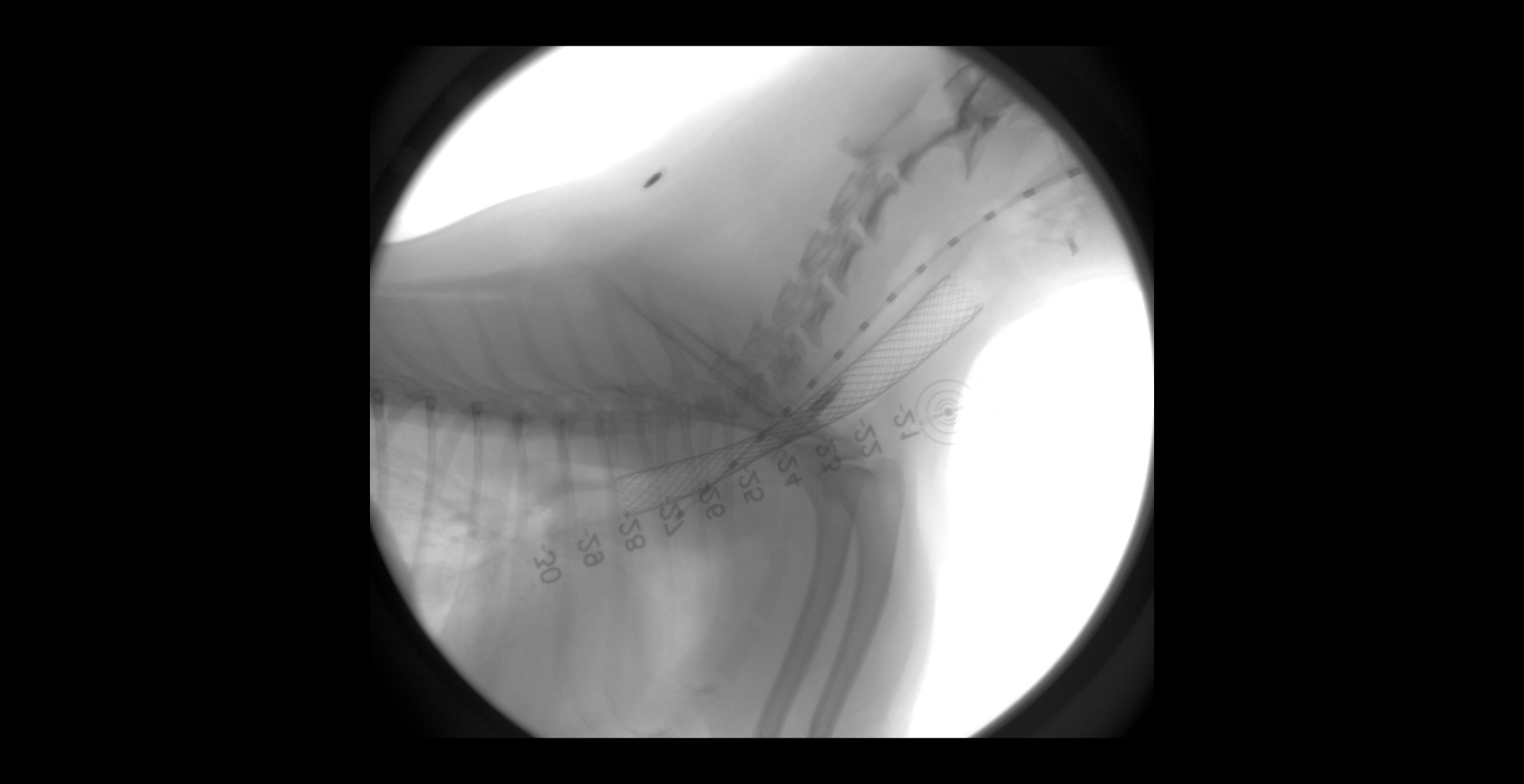At Home Care For Dogs
EATING AND ELIMINATION
It can take up to two weeks for your pet to return to normal eating and elimination habits. However, most dogs will begin to eat within the first 24 hours. If your pet shows no interest in food or appears nauseated (drooling or aversion to food), please contact MISCA.
Anesthesia, fasting, interventions and medications can slow down the gastrointestinal tract. You may not see your dog defecate for several days to even a week after a procedure. Contact MISCA if your dog strains to defecate or seems uncomfortable.
MONITORING YOUR DOG
If your pet has an incision, look at it daily. It can be helpful to take daily pictures of the incision for monitoring purposes, and these can be sent to your dog’s care team if a concern arises. Contact MISCA if you see any increase in redness, swelling, or discharge of the incision(s).
MISCA often will use a pain medication called Nocita® for prolonged pain control. The veterinarian administers this medication during your pet’s procedure, and it provides local pain control for up to three days after the procedure. Nocita® can cause minor bruising around the incision; however the incision should never have open gaps, an odor, or discharge that is not clear or red-tinged. Contact MISCA immediately if your pet experiences any of these signs.
PAIN CONTROL
We monitor your pet’s pain in the hospital using a combination of behavioral observation, physical examination and monitoring of blood pressure, heart rate and respiratory rate. You can monitor your pet’s behavior at home. Remember that it is normal for your pet to sleep more often after hospitalization and surgery. Restlessness, vocalization, or lack of appetite can be signs of pain or side effects of medication. Contact MISCA if you are concerned that your pet may be painful.
The MISCA care team will determine a postoperative regimen for pain control based on your pet’s medical history, procedure, and current medications. This often involves 2 or more medications that work at different areas in the body (different mechanisms of action) to allow better pain control at lower medication doses. Give your pet’s medications as directed after the procedure. Medications that are labelled “as needed” can be tapered or discontinued as your pet recovers and pain subsides. Most individuals can be off pain medications approximately one week after a procedure although anti-inflammatory drugs will sometimes be continued to support healing and comfort.
An ice pack or cold compress can be used on some incisions to help reduce swelling and discomfort. Only use the ice pack if your pet readily tolerates it as it can be detrimental if your dog is resistant. A cold pack is typically most useful in the first 3 days after surgery and should be discontinued thereafter. Place the pack on the incision site for 10 minutes three to four times daily. Do not put ice or a pack directly on the skin. Use a thin cloth or a paper towel, and be sure to keep the incision clean and dry.
A warm compress is sometimes used after certain surgeries to prevent build-up of fluid under the skin (seroma). This is usually initiated approximately three days (or longer) after surgery. You may use a warm water bottle or a warm, wet cloth in a plastic bag. Place on the incision for 10 minutes three to four times daily. If you reheat the warm compress in the microwave, be sure to check it for hot areas before placing it on your pet’s skin. If a seroma develops despite warm compresses or fails to resolve, a drain is sometimes needed. Your pet’s specialist will discuss this if necessary.




